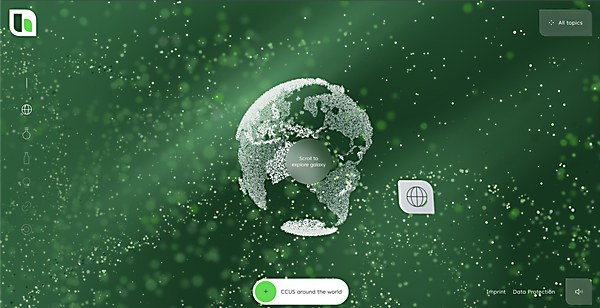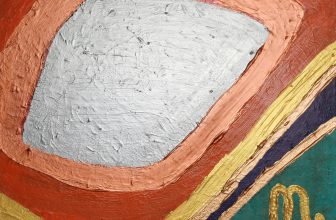

Responses by Martin Ehrlich, design director, Ashfall Studio.
Background: This site was created to showcase German materials manufacturer Heidelberg Materials’s pioneering role in carbon capture, utilization and storage technology (CCUS) within the concrete and cement industry. We wanted to explain Heidelberg’s CCUS in a clear, engaging, and memorable way, transforming raw data into a visually powerful experience that would indpire genuine interest. The website is a part of Heidelberg’s broader sustainability communications across various media.
Design core: We created a digital environment of 29 curated articles, arranged into six exploration zones. Each zone leads users through Heidelberg’s pioneering carbon-capture work with particle-based visuals turning complexity into intuitive discovery.
Challenges: Translating technical content into a narrative that felt both credible and human. Conveying the magnitude of carbon capture while maintaining accessibility required precise language, structured storytelling and deliberate visual framing.
Time constraints: Our prioritization remained on crafting a cohesive story rather than expanding into more experimental features.
Alternate paths: If starting over, we’d explore deeper interactive storytelling—such as dynamic visualizations showing the carbon capture process—and more tailored pathways for distinct audience groups.
New lessons: The project reinforced our belief that even the most complex subjects can evoke wonder when framed through clarity and emotion.
Navigation structure: The intention was to make users feel they are moving through a narrative, not just clicking through pages. That’s why we designed and developed an immersive, particle-based galaxy.
Technology: We built the experience using Cinema4D and real-time WebGL render. Custom shaders to form a layered particle environment with genuine depth and dimension. Specific technologies include GSAP, Sanity, three.js and Vue.js.
Browse Projects
Click on an image to view more from each project







